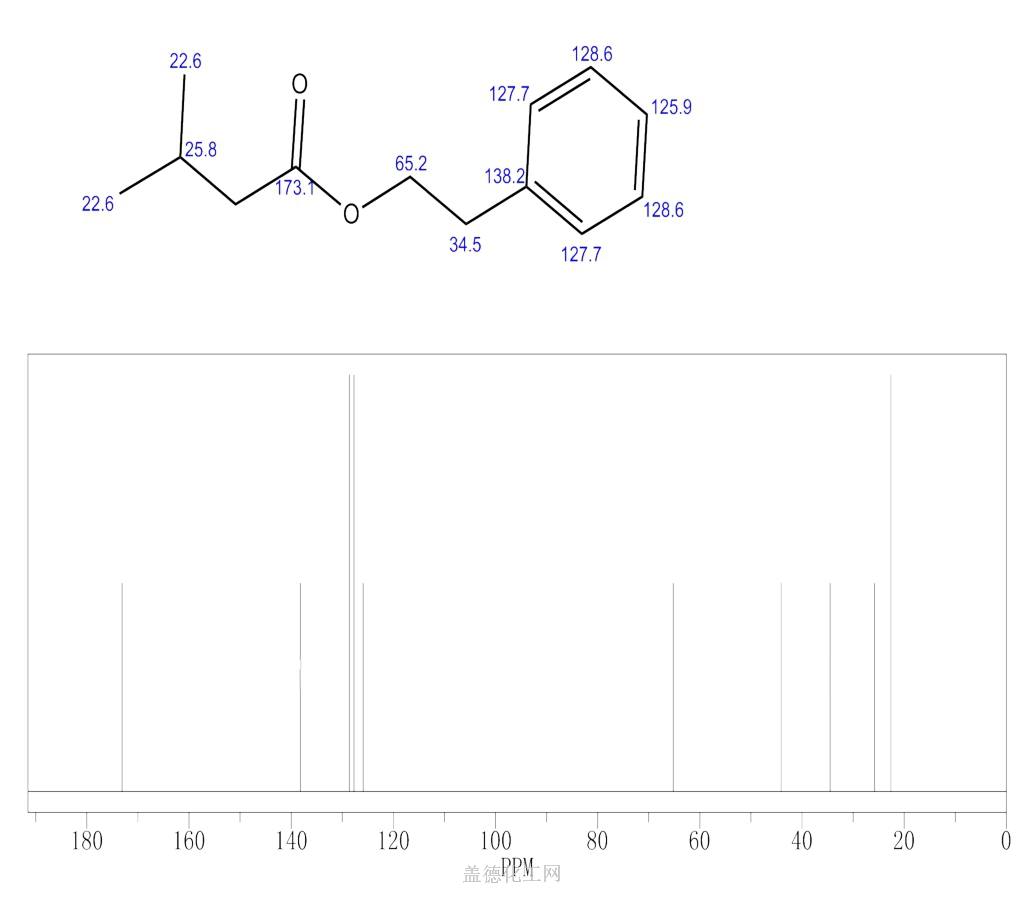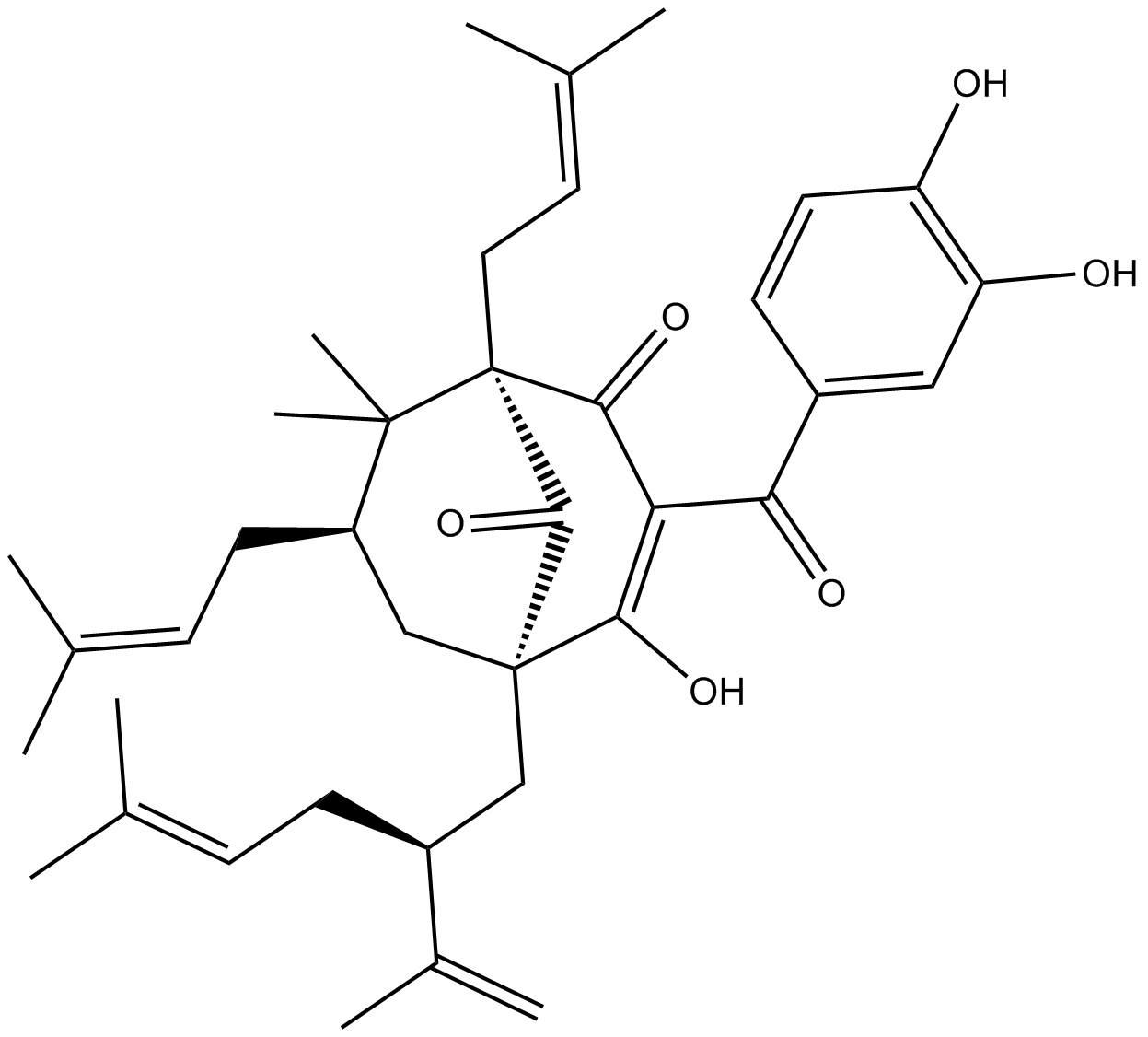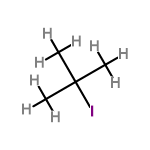

The percentage by weight of any atom or group of atoms in a compound can be computed by dividing the total weight of the atom (or group of atoms) in the formula by the formula weight and multiplying by 100.This Molar Volume table gives the Molar Volume of all the elements of periodic table in cm3/mol. If the formula used in calculating molar mass is the molecular formula, the formula weight computed is the molecular weight. Using the chemical formula of the compound and the periodic table of elements, we can add up the atomic weights and calculate molecular weight of the substance. The formula weight is simply the weight in atomic mass units of all the atoms in a given formula. When calculating molecular weight of a chemical compound, it tells us how many grams are in one mole of that substance.
ELEMENT MOLAR MMASS 33.5 PC
Also agrees with Celsius values from Section 4: Properties of the Elements and Inorganic Compounds, Melting, Boiling, Triple, and Critical Point Temperatures of the Elements Estimated accuracy for Tc and Pc is indicated by the number of digits.

Element Molar mass (g/mol) 9.012 40.08 Beryllium (Be) Calcium (Ca) Copper (Cu) Cadmium (Cd) lodine (I) 63.55 112.41 126.90 Match the numbers to the appropriate blanks in the sentences below. Boca Raton, Florida, 2003 Section 6, Fluid Properties Critical Constants. These relative weights computed from the chemical equation are sometimes called equation weights.įinding molar mass starts with units of grams per mole (g/mol). Given the atomic mass of select elements, calculate the molar mass of each salt.
ELEMENT MOLAR MMASS 33.5 HOW TO
This site explains how to find molar mass.įormula weights are especially useful in determining the relative weights of reagents and products in a chemical reaction. The reason is that the molar mass of the substance affects the conversion. It also has seven nuclear isomers 234mU: 33.5 (20) ms 235mU: 26 min. Thus, since the atomic mass of iron is 55.847 amu, one mole of iron atoms would weigh 55.847 grams. Applying the relation, This implies that four atoms of the element are present per unit cell. The atomic mass is useful in chemistry when it is paired with the mole concept: the atomic mass of an element, measured in amu, is the same as the mass in grams of one mole of an element. To complete this calculation, you have to know what substance you are trying to convert. Neon (Ne) has 19 isotopes with mass numbers ranging from 16 to 34. It is given that density of the element, d 2.7 × 10 3 kg m 3. For bulk stoichiometric calculations, we are usually determining molar mass, which may also be called standard atomic weight or average atomic mass.Ī common request on this site is to convert grams to moles. Examples of molecular weight computations: C14O162, S34O162. This is not the same as molecular mass, which is the mass of a single molecule of well-defined isotopes. Computing molecular weight (molecular mass) To calculate molecular weight of a chemical compound enter it's formula, specify its isotope mass number after each element in square brackets. Determine the number of moles in the following samples. Using the chemical formula of the compound and the periodic table of elements, we can. Determine the mass of the following samples. At one atmospheric pressure, liquid ammonia boils at 239.6 K (- 33.5C). Determine the molar mass for the following molecules/compounds. Now one mole of carbon would contain 6.02 x 10(23) atoms.

Keep in mind that this value is actually the average atomic mass of all the carbon isotopes, so this accounts for a sample of carbon containing both Carbon-12 and Carbon-14 atoms. This is how to calculate molar mass (average molecular weight), which is based on isotropically weighted averages. Determine the molar mass for the following elements: Ca Xe K. The molar mass of an element is the amu or atomic mass unit from the periodic table. The base SI unit for mass is the kilogram but, for both practical and historical reasons, molar masses are almost always quoted in grams per mole (g/mol or g mol1.
ELEMENT MOLAR MMASS 33.5 PLUS
The atomic weights used on this site come from NIST, the National Institute of Standards and Technology. The molar mass of IO is 142.9g/mol This is found by adding the molar mass of I (126.9g/mol) plus the molar mass of O (16. Molar mass, symbol M,is the mass of one mole of a substance (chemical element or chemical compound).It is a physical property which is characteristic of each pure substance. In chemistry, the formula weight is a quantity computed by multiplying the atomic weight (in atomic mass units) of each element in a chemical formula by the number of atoms of that element present in the formula, then adding all of these products together.


 0 kommentar(er)
0 kommentar(er)
